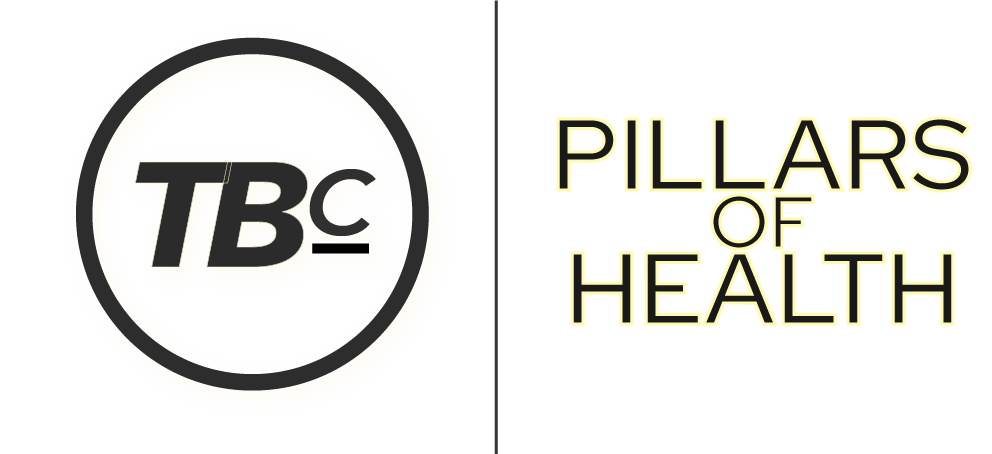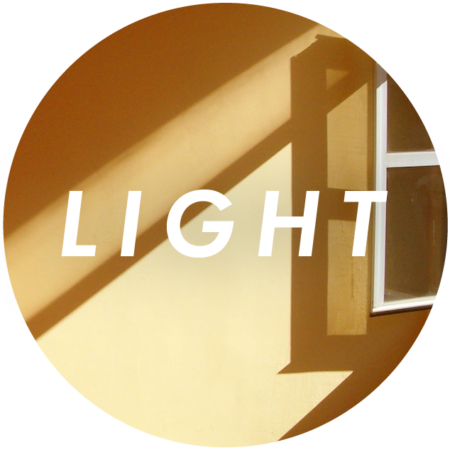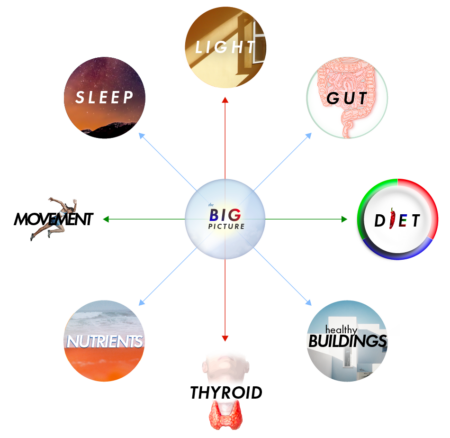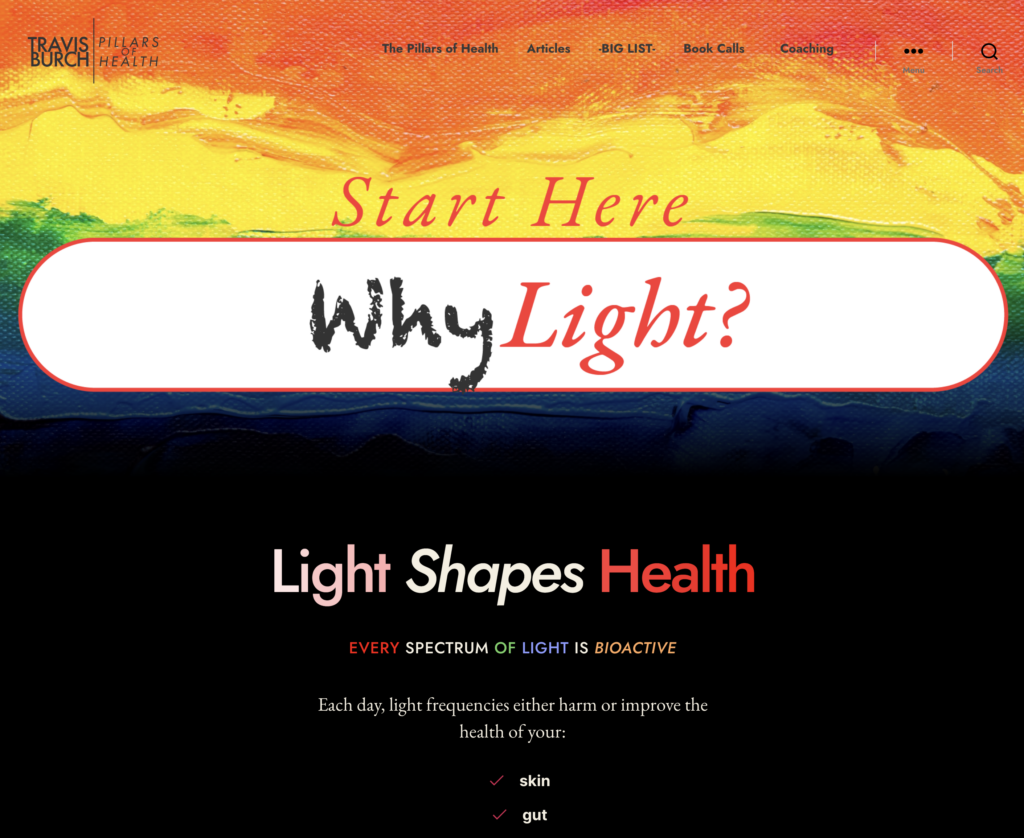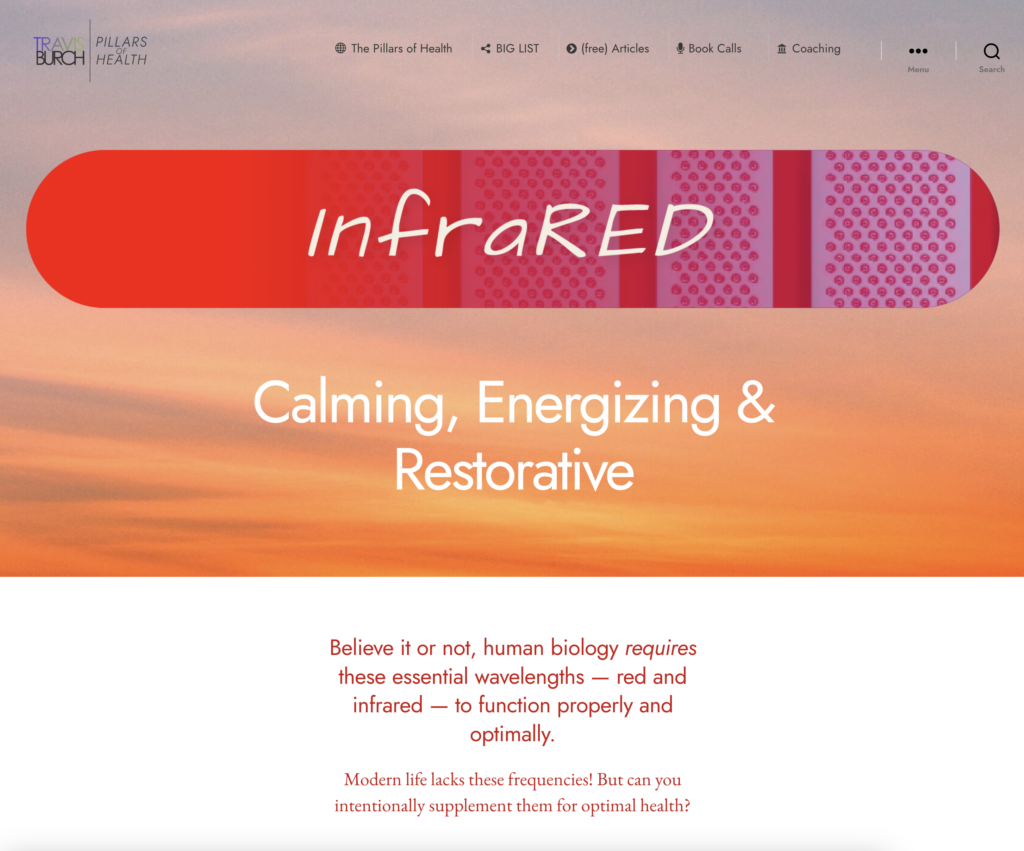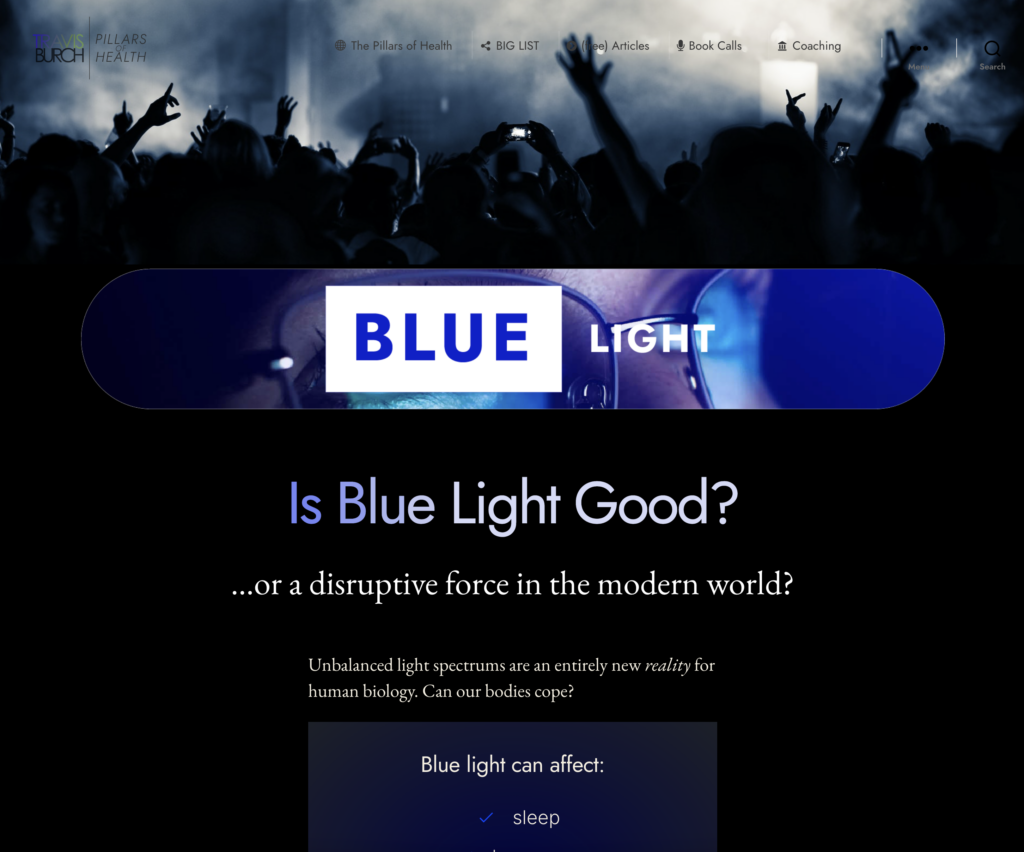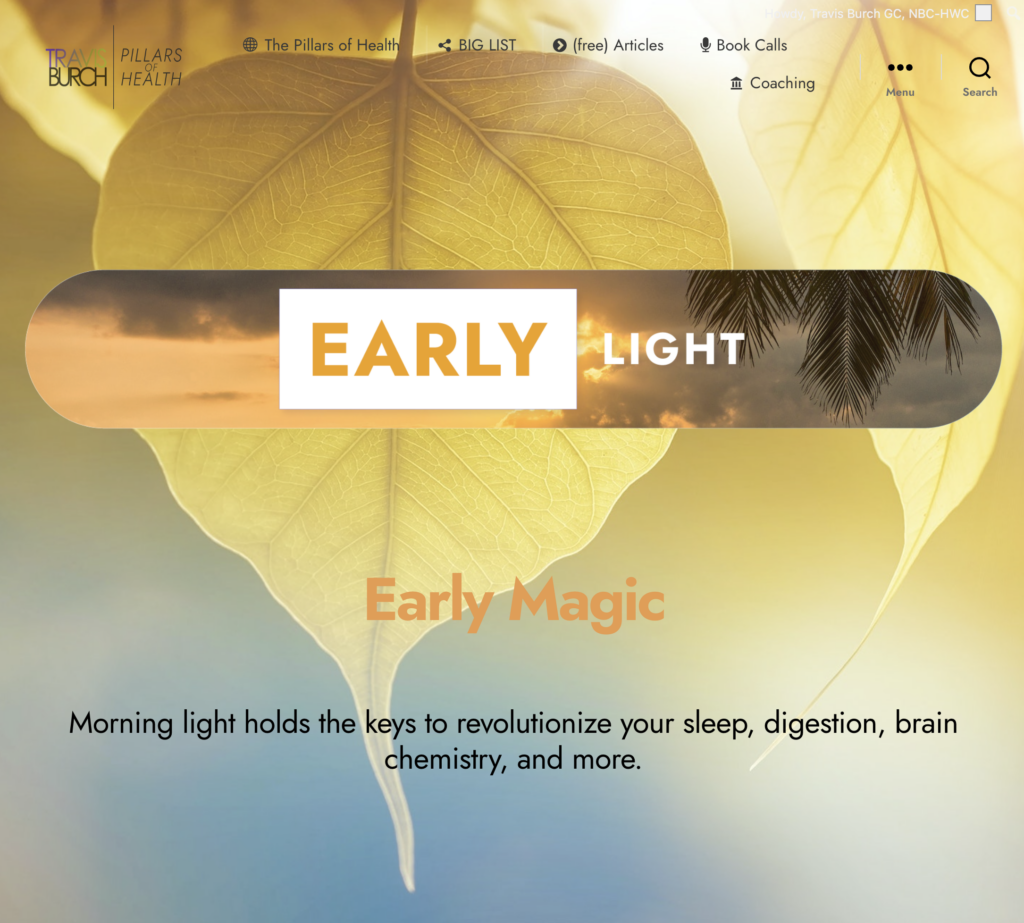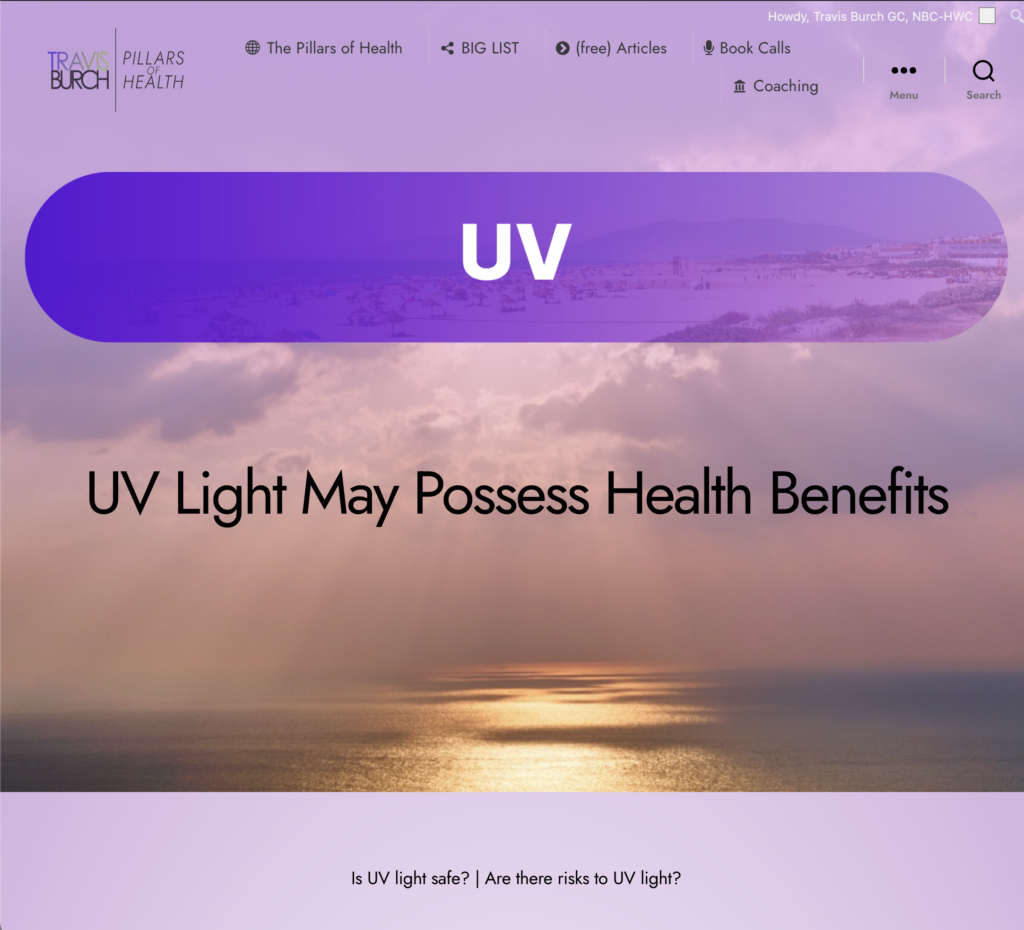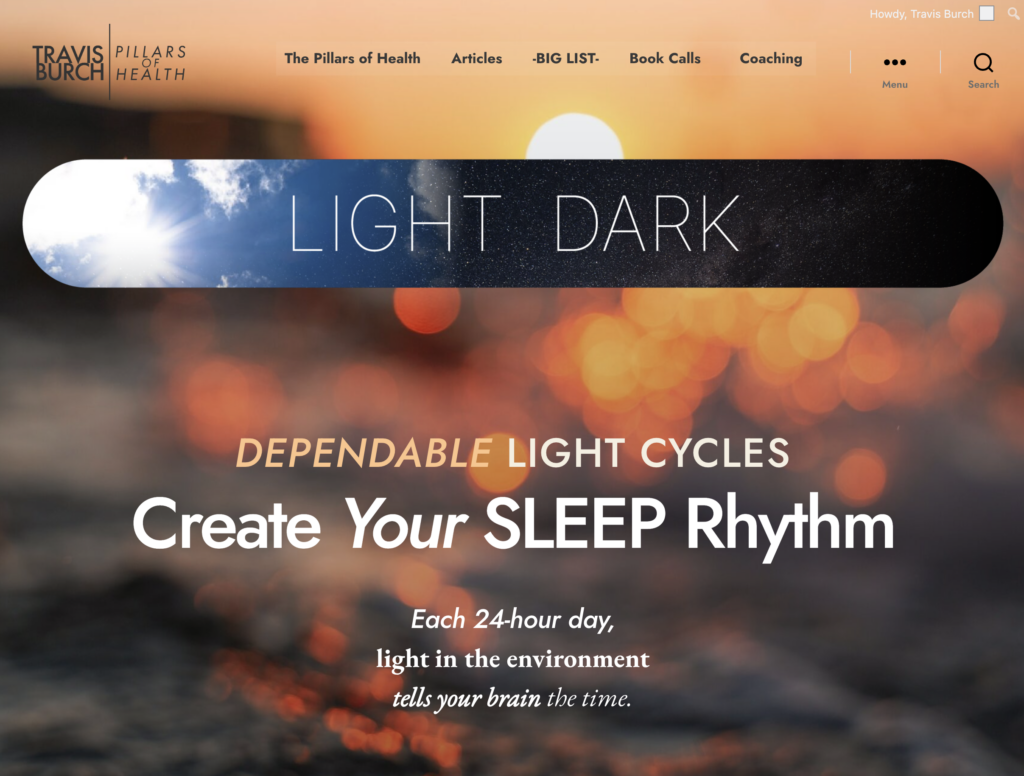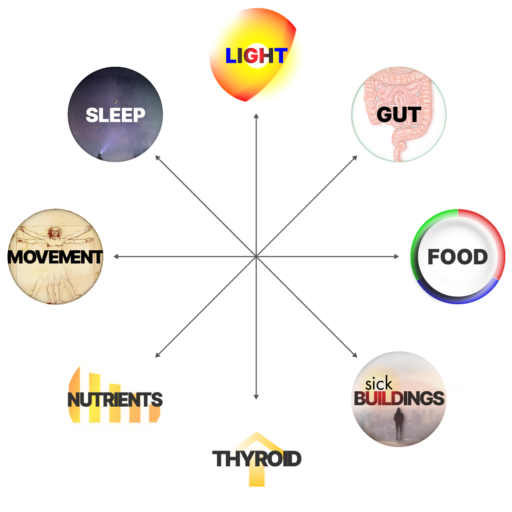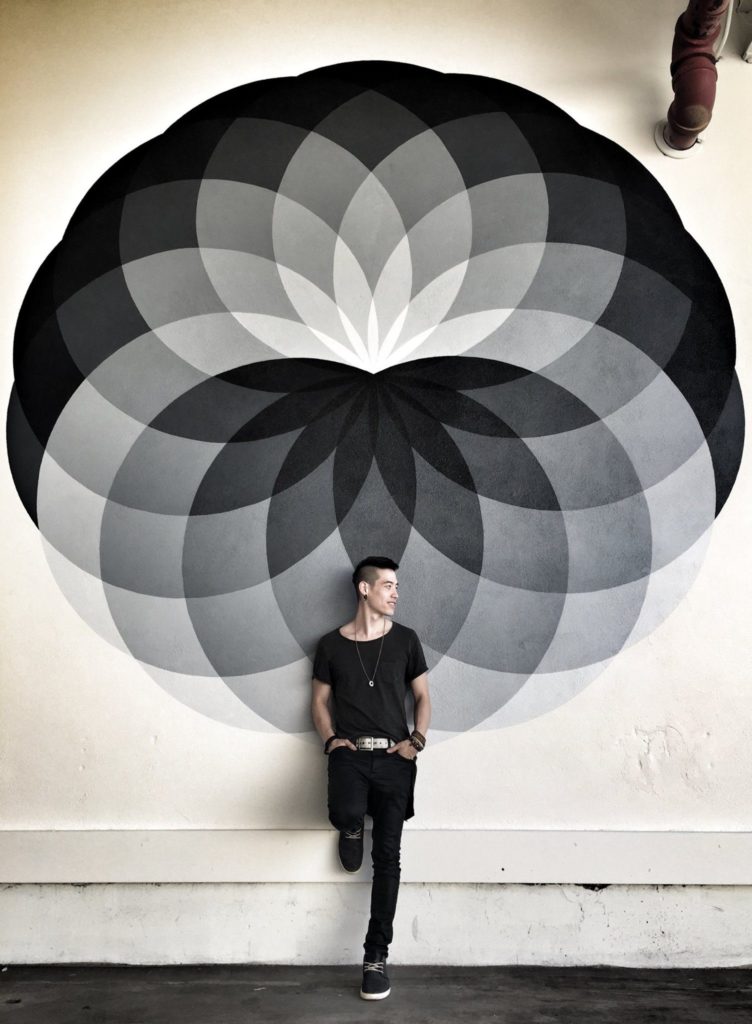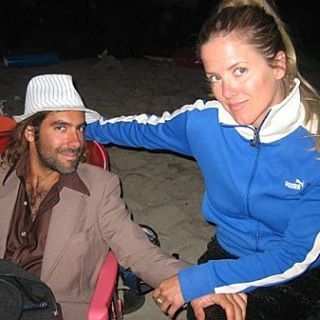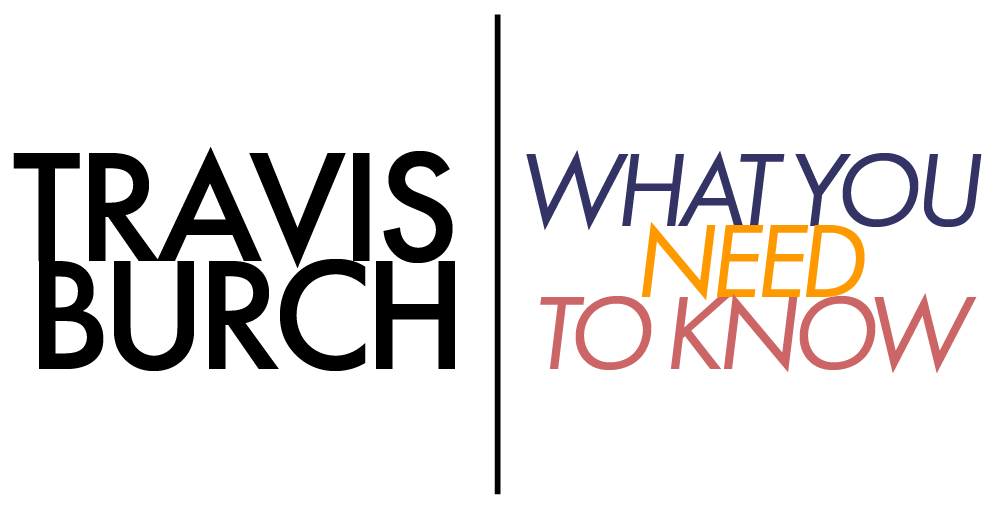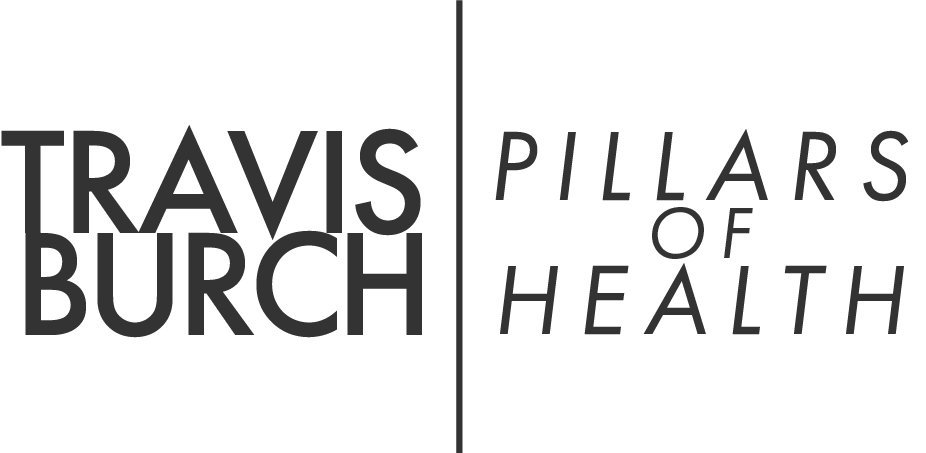Is UV light safe? | Are there risks to UV light?
Is UV light
a secret weapon for progress?
Hyperlinks

Sunlight
The superior, healthiest source.

Tanning Bed
Once-per-week in winter. Be smart.

Home UV Lamps
Most of these are lacking UVA, but theres a solution.
Sunlight should perhaps always be considered the first choice for therapeutic UV light.
To be most effective and safe, UV light is best accompanied by other healthy spectrums like infrared and red.
Red light is being shown to balance out the potentially harmful effects of UV light, especially when it is received by the skin in the morning: Morning red light even prepares the skin for UV light exposure later in the day (source).
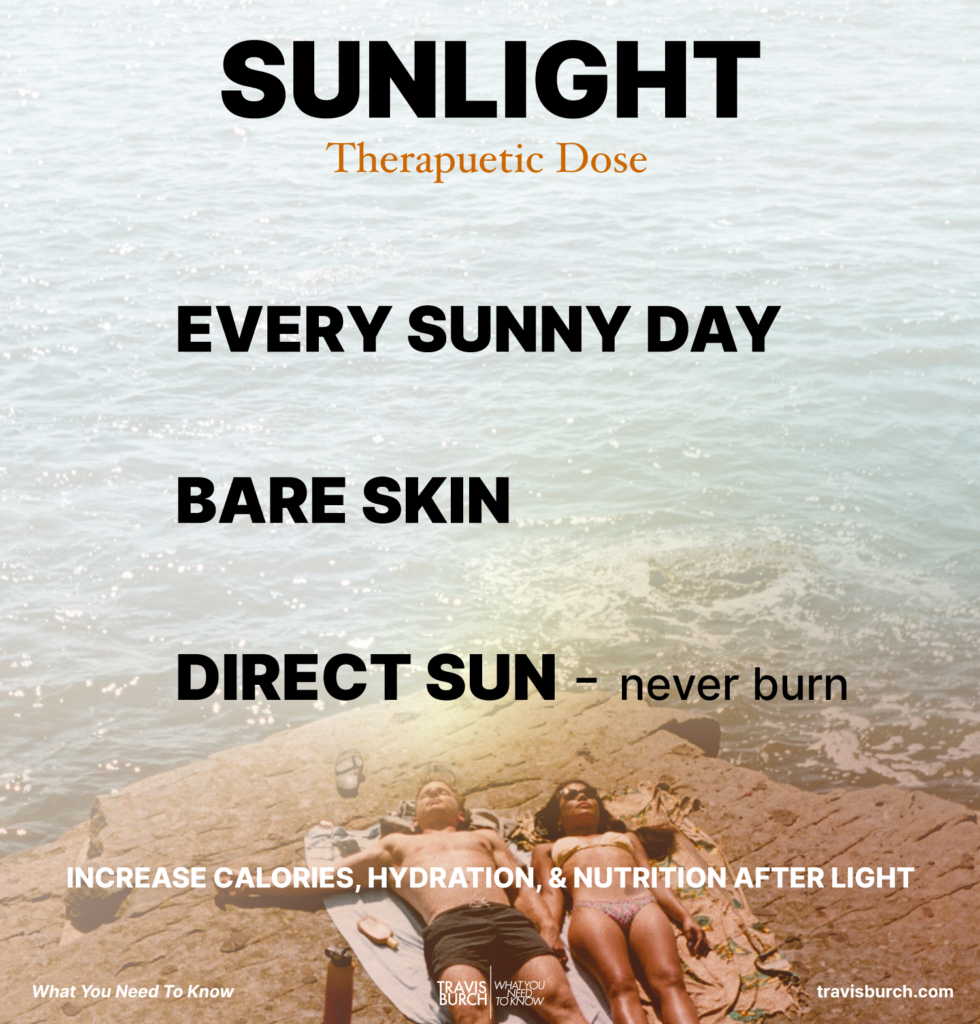

Every Sunny Day
If the sun is out, we need some of it — every single day.
The immune benefits, the circadian optimization, the hormonal boost, and the digestive stimulation are all yours — but not if you don’t get direct sunlight daily.

Bare Skin
Expose as much skin as possible.
Whatever the length of your sun session, more benefits will be provided when more skin exposed.
You can also receive more benefit from less time in the sun, when maximum skin is exposed.

Direct Sun, Not Shade (do not burn)
Always pay attention to the duration of exposure.
UV tolerance will increase, and that’s a good thing.
Direct sunlight improves the skin’s immune function.
Shade is a great source of “background” light, but you need direct sunlight and its wealth of restorative benefits, too.
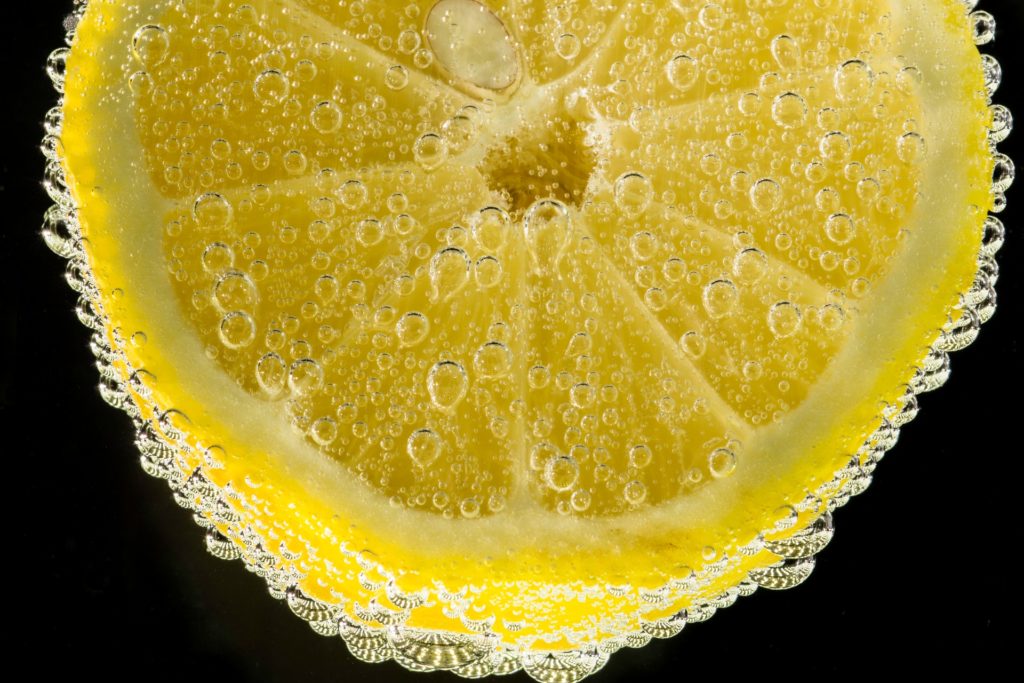
Increase Calories, Hydration, Nutrients
Intense light may rev your metabolism — and therefore, increase your need for calories, nutrients, and water.
This is normal. Extra digestible carbs, in particular, are commonly required for those battling blood sugar issues. The metabolic increase will use up glucose, and can therefore cause blood sugar to drop. This is a good thing, but more food is often needed — especially to prevent a caloric deficit which might deter sleep if unaddressed. Eat enough calories after light!
Vitamin A (carotenes aren’t as good as preformed A for people with chronic illness) may be necessary to balance Vitamin D. Vitamin C, magnesium, and vitamin E help restore skin after a good sunbathing session. Food sources are fine for A and C (for healthier people).
Sunlight avoidance is considered a major risk factor in the development of cardiovascular disease.
Patients on dialysis have lower all-cause mortality when they live in regions with higher UV exposure.
There is an inverse relationship between sun-exposure habits and all-cause mortality.
https://ar.iiarjournals.org/content/38/2/1173.full

Your Progress — 13%

